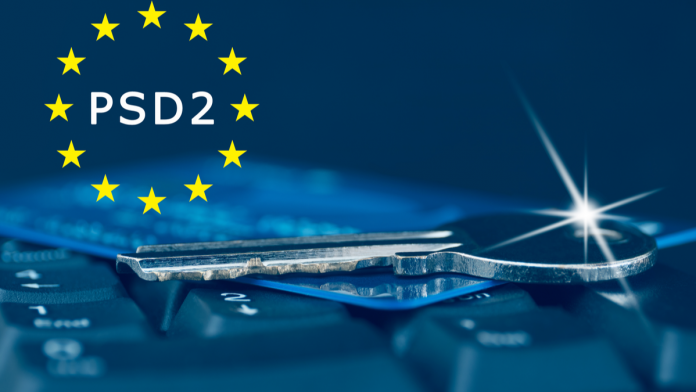The European Banking Authority (EBA) has called for PSD2 – the second Payment Services Directive – to be merged with the Electronic Money Directive in response to the increasing saturation of the fintech market.
After the European Commission (EC) called for market feedback on the need for a review of the impact of PSD2, the EBA proposed upwards of 200 proposals to redevelop the Electronic Money Directive to ensure a ‘harmonised and consistent application’ of legalities across the EU.
Of the EBA’s proposals, enhancing competition, facilitating innovation, protecting consumers’ funds and data, fostering development of user-friendly services and the merger of PSD2 and the Electronic Money Directive were at the forefront.
Whilst the EBA has recognised some of the positive elements arising from PSD2, it has also addressed a number of issues that its implementation has led to.
It has trained specific focus on the provision of payment initiation services (PIS) and account information services (AIS), as well as new risks which leave customers exposed to social engineering fraud. The association is also looking at better defining the groundwork for Strong Customer Authentication (SCA) checks, and the challenges of moving from Open Banking to Open Finance.
Marca Wosoba, Managing Director, Europe at Modulr, stated that calls for the merging of PSD2 and the Electronic Money Directive are ‘welcome news’ in order to simplify the European payments landscape.
She commented: “The EC’s proposal to enact the EBA’s call to merge PSD2 with the Electronic Money Directive is welcome news. Simplifying the regulatory landscape for payment businesses would create a more competitive and transparent environment that supports innovation and leads to better outcomes for European businesses and consumers.
“This is a great opportunity for the EC to reduce friction and allow money to flow more easily through the European economy. If coupled with removing restrictions for non-credit institutions to be able to directly participate in settlement schemes, it will drive the significant change needed to create more stability and payment user choice.”
PSD2 has regulated payments services across the EU since its inception in January 2018. Initial proposals for a review of the application came to light in October 2021 after the EC sent a Call for Advice to the EBA.
The objective for the call was to gather evidence of the efficacy of PSD2 and how it has impacted stakeholders since its arrival, whilst also aiming to address benefits and challenges that it may have caused. Furthermore, it comes as big tech firms eye growth into the payment space – underlining the importance of a simplified and secure framework within which financial firms can thrive.
Dean Wallace, Director of Consumer Payments Modernisation at ACI Worldwide, emphasised his belief that consolidating the regulatory payments landscape across Europe would be a positive move.
Nonetheless, he did add that ‘it raises more questions than it answers – namely, will it solve the problem that PSD2 created for banks around customer loyalty and Big Tech’s subsequent encroachment on their turf?’
Wallace continued: “PSD2’s aim was to benefit merchants by making things cheaper, and consumers by creating more choice for digital convenience. In reality, we saw a sharp decrease in bank-led loyalty programmes as well as an increase of consumer choice.
“While Big Tech hasn’t fully entered the EU payments landscape, consumers are already happy to put the faith they need for payments into the hands of the tech brands they already trust. As such, there is a distinct possibility they could enter the space in a meaningful way, without regulatory scrutiny or cost of compliance, taking the banks’ already dwindling market share.
“While this is a good move from the EC and EBA, the ultimate questions around the future vision of European payments still need to be answered.”























